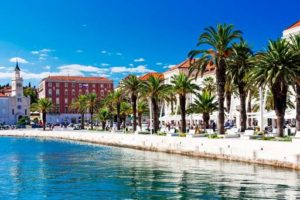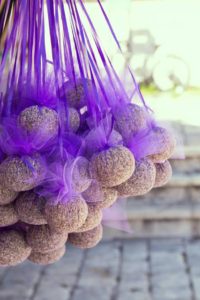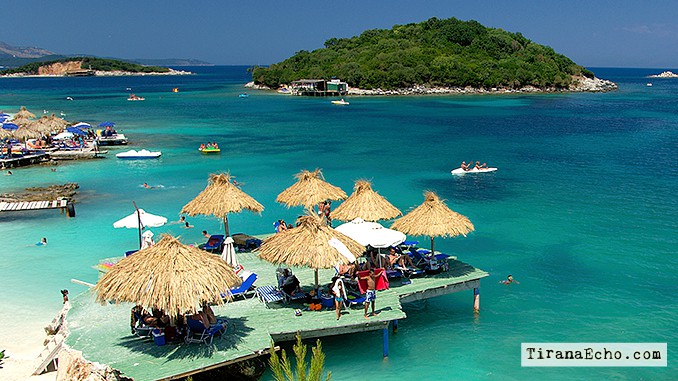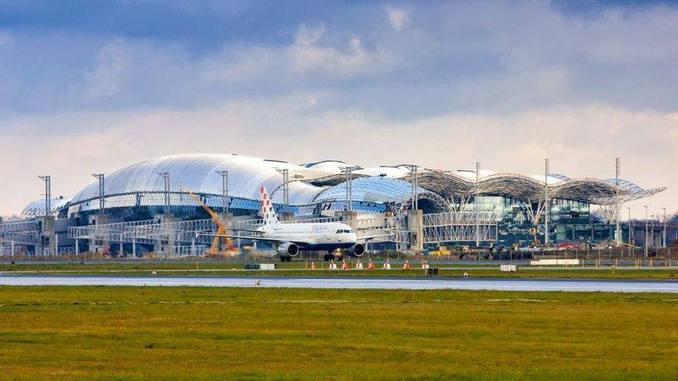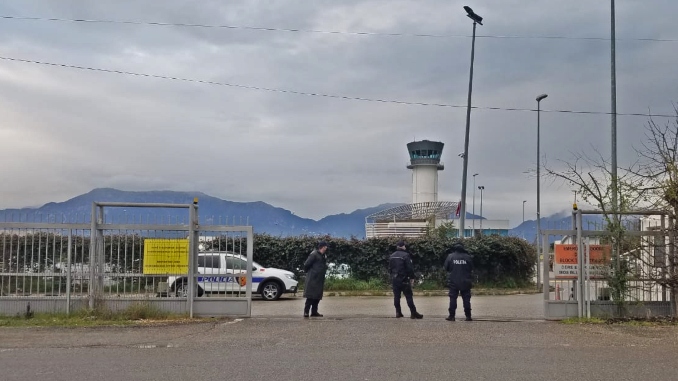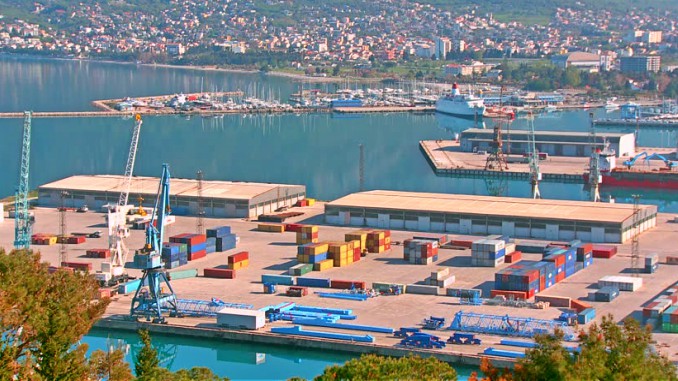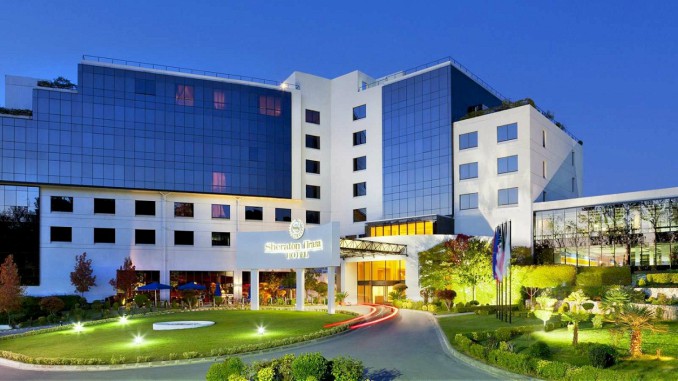Done Dubrovnik? Split’s the difference on this Croatian city break
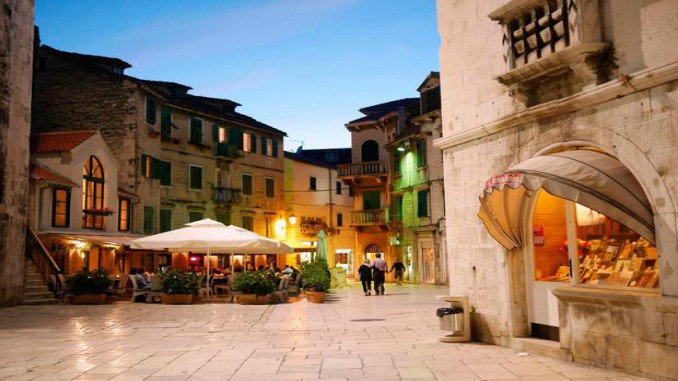
A new direct flight opens up a wealth of holiday possibilities in Croatia, says our Travel Writer of the Year.
It’s 9am and the Riva is already busy. It seems a little early for tourists to be in the cafés lining the sunny seaside promenade in the city of Split, Croatia, but it turns out to be locals getting their morning fix – coffee.
As in many towns in Dalmatia, there’s a tradition of having a coffee before work or during a break and it’s not just about caffeine: people gather to meet, gossip or people-watch at all times of day. Chatting over a coffee is a big part of the daily social scene.
Fortified with caffeine, I set off to explore Diocletian’s Palace – Split’s main attraction and a UNESCO site. Around the year 293, the Roman emperor Diocletian chose this site on the Adriatic Sea for his magnificent retirement home. He spent 10 years building it, with 16 towers (three remain) and four entrance gates, plus a vast array of rooms and quarters.
The interior has changed over the centuries, as it moved from being a palace to a town and today, in the warren of tiny streets within the walls, homes, shops and restaurants are mixed in with the historical sites and ancient architectural features. A good place to start exploring is to enter from the Riva through the Southern Gate, which leads down into the palace cellars – a network of more than 50 underground rooms which was only excavated in 1956.
The layout of the cellars gives an idea of the original floorplan for the palace’s main level and Game of Thrones fans will recognise some of the basement rooms as Meereen and the spaces where Daenerys kept her dragons. Souvenir and gift shops in the central passage provide a cool area to potter in in hot weather.
From the cellars, steps lead up to the peristyle, formerly the palace’s central courtyard and a popular meeting spot. Lined with pillars, it was once guarded by 12 granite sphinxes, which Diocletian brought from Egypt, and just one remains today, dating back 3,500 years. The small octagonal Cathedral of St Domnius was originally built as a mausoleum for the emperor and later converted to a cathedral. Climbing the bell tower gives a lovely view of the town and the port.
From here, I follow the sounds of Klapa singers into a stone vestibule which leads to the emperor’s former quarters and then wander around the maze of little streets, coming to Trg Brace Radic (known as Fruit Square) and Narodni Trg (called the Piazza), ducking and out of shops, sometimes getting lost and sometimes doubling back on myself.
I stumble upon the green market for fruit and vegetables and on the other side of town, the fish market, both buzzing with locals, tourists and people from the mountains and the islands selling their fresh produce.
Next day, it’s time to explore some of the Dalmatian Hinterland surrounding Split and the first stop is Klis Fortress, 14km from the city. This is a beautiful stone fort on the top of a hill, with a series of green tree-lined terraces and views right down to Split and over to the Dalmatian Islands.
Once the seat of Croatian kings, due to its strategic location at a mountain pass, over the years the fortress was heavily booby-trapped with all sorts of deterrents (like holes in the ceiling to pour boiling oil through), but that didn’t stop various invaders.
As my guide, Ana, shows me the different parts which were added on or left behind by different occupiers – including the Ottomans, Venetians, Austrians and most recently, the Game of Thrones production team – I learn about Dalmatia’s complicated history, from the Greeks and Romans to the Barbarians, Hungarians, Venetians, French and Austro-Hungarians right through to Yugoslavia and present- day Croatia.
In the small town of Sinj, half an hour from Split, an equestrian competition called the Sinjska alka takes place every August, to celebrate a miracle said to have been performed by the Virgin Mary to save the town from the Ottomans. The church has a painting of Our Lady of Sinj while a small museum (alka.hr) tells the story of the pageant with costumes, weapons and some fun interactive games.
Back on the coast, Split is also the gateway to the Dalmatian Islands, popular for their beaches, olive groves, wineries and hiking trails, as well as tiny piers and church towers, all of which enjoy a sunny, Mediterranean climate. The island of Hvar is popular with the jet set as much for its nightlife as its quiet coves. Although there are ferries from Split (two hours), I decide to halve the journey and try the high life, arriving by speedboat into Hvar town.
Near the main square are stalls selling lavender products. Lavender was once one of the island’s main industries. A climb to the fortress Fortica Spanjola behind the town gives panoramic views of the town and the small Pakleni Islands in front of it.
After a few hours exploring the lavender fields, villages and trails of Hvar Island, last stop is a café in the main square – the town’s ‘living room’, where parents chat, kids play, business people have meetings and tourists plan their itineraries. Also here is Hvar’s Theatre, one of the oldest in Europe, dating back to 1612, but watching what goes on in the square provides all the entertainment needed – and of course, coffee.
Source: Independent Europe

